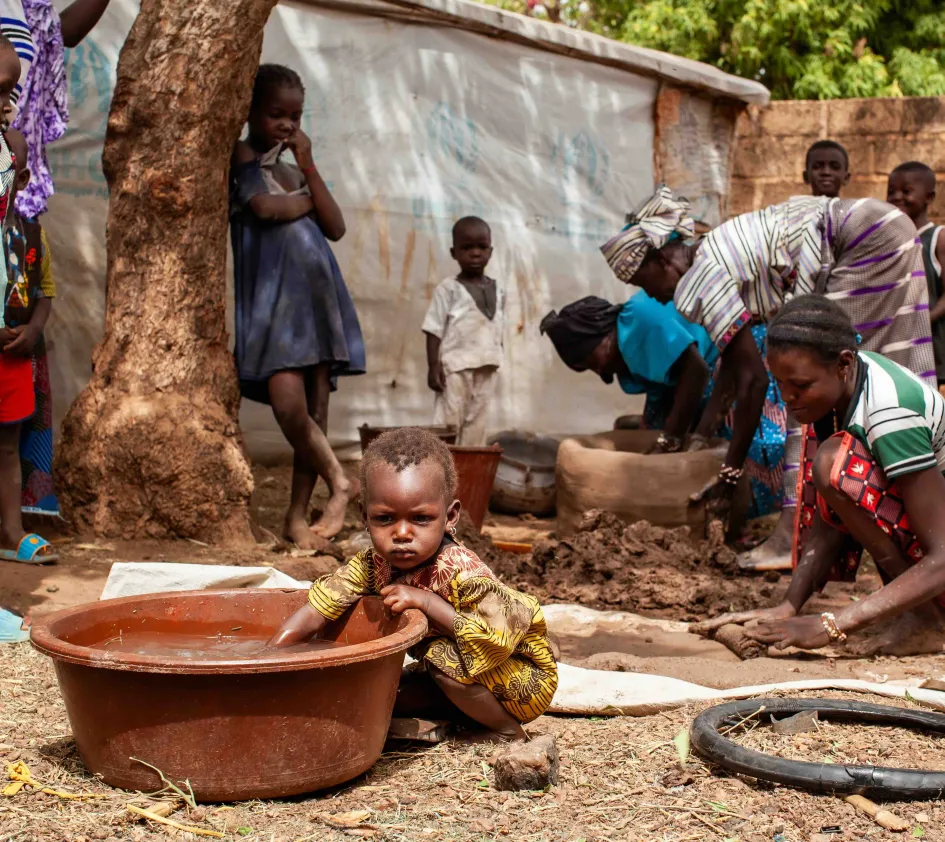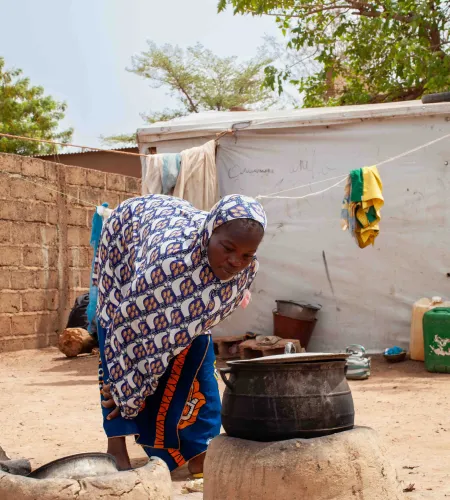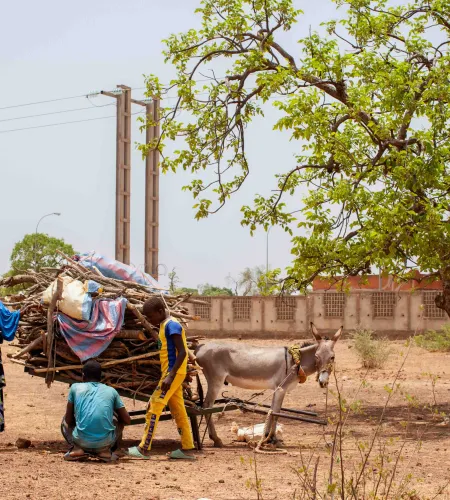1. Political instability
In 2022 alone, Burkina Faso experienced two coups within just eight months. The first saw the sitting president removed from power; the second replaced the interim leader with a military regime that remains in control today.
At the same time, the country faces a severe security crisis, with frequent attacks by armed groups. “These incidents rarely make international headlines", explains Else Lotte Faasse. “Partly because the government wants people to return to their villages, but also to avoid spreading fear.” Currently, around 40% of Burkina Faso’s territory is effectively outside government control, as armed groups continue to gain ground.




